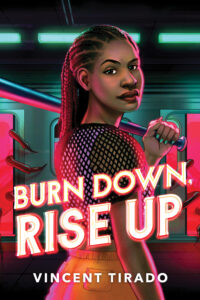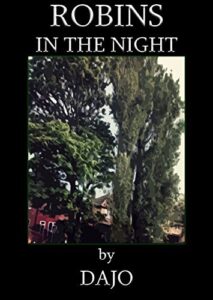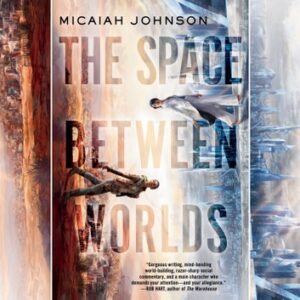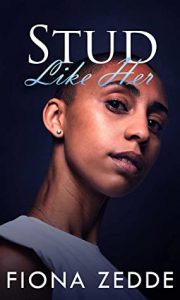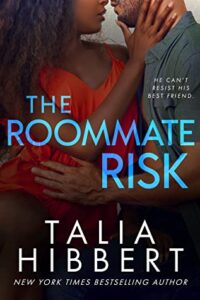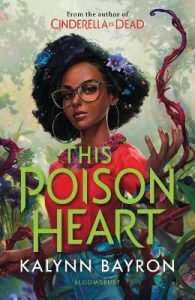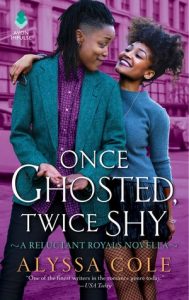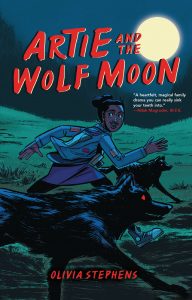Amazon Affiliate Link | Bookshop.org Affiliate Link
On paper, this should have been the perfect book for me to read Halloween month. I’m fascinated by the historical figure of Elizabeth Bathory, I love a (fictional) obsessive and unhealthy sapphic relationship, and this sounds like it would be a blood-soaked, sexy Gothic in the vein of A Dowry of Blood by S.T. Gibson. Unfortunately, although I liked House of Hunger, I ended up feeling like it pulled its punches a bit, not quite living up to my expectations.
I find this a difficult book to categorize. At first, I thought it was YA: we have a 19-year-old protagonist, and the cover seemed like a YA style to me. It wasn’t until a scene mentioned snorting lines of cocaine that I realized… this definitely isn’t YA, though it does have a very readable writing style.
This is set in a fictional world that reminded me of Victorian England. Marion lives in the South, where she is barely scraping by working as a maid and caring for her angry, addicted, ill older brother. Her employer and her brother are cruel to her, she has no real friends, and she feel like she has no options. So when the opportunity arises for her to apply to be a blood maid, she takes it. She would live in the North in luxury, with enough money to pay for her brother’s treatment. Sure, it means her employers drink her blood for its health benefits, but that doesn’t seem much worse than the job she has now.
Her blood is deemed to be particularly high quality, and she is taken to the home of Countess Lisavet (the Elizabeth Bathory stand-in). There, she joins a harem of blood maids, all desperately in love with Lisavet, craving her attention. Marion falls hard, even as she struggles in this cut-throat world of wealth that’s so different than what she’s known. This is where I have some difficulties with the book: it sounds like it would be a scandalous story of orgies, drugs, and blood, but while there is the occasional unsettling and gory scene as well as brief mentions of sex, it isn’t nearly as dark as I expected. On the other hand, there are enough mentions and occasional scenes that I wouldn’t recommend this to teen readers or people sensitive to horror, which puts it in a tricky in-between spot to me.
The setting and plot were just what I wanted from it: the claustrophobia and helplessness as the blood maids slowly waste away, the passion and sudden cruelty of Lisavet, the dangerous devotion Marion has for her, the slowly-dawning realization that staying will eventually destroy her — but I didn’t connect with it as much as I expected. I felt a bit of distance from the story. This is one that I would love to see on the big screen, because I think it would be beautiful and haunting. But the audiobook didn’t really grab me.
Those are pretty minor complaints, though, so if the premise appeals to you, I still recommend picking it up. And of course, I love a good capitalism and racism commentary: the rich are literally feeding on the poor (especially poor Black women) and draining the life out of them. I think I just came in with such high expectations that even a good book fell a little bit short for me.


